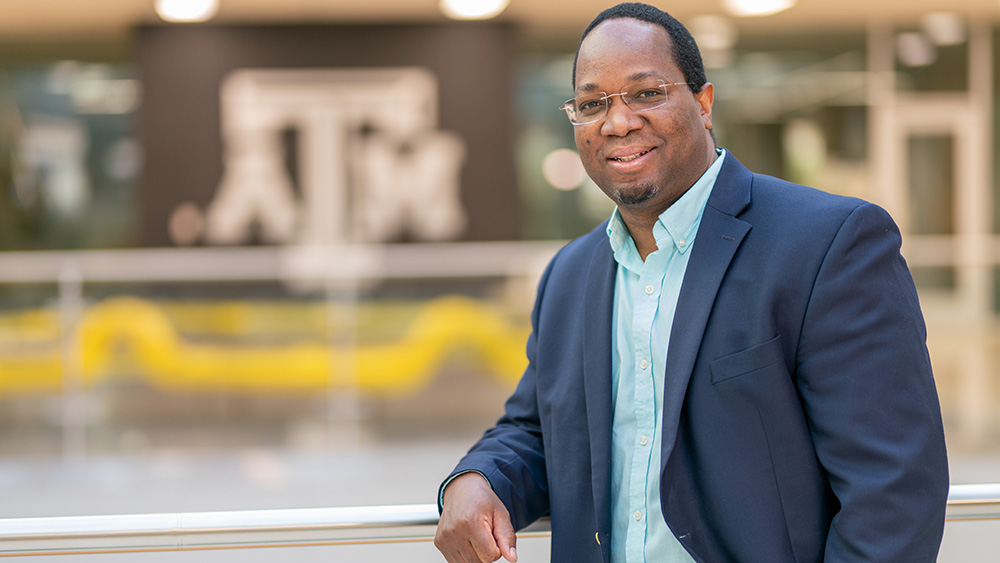
The Department of Electrical and Computer Engineering at Texas A&M University welcomes Dr. Michel Kinsy this semester. Kinsy joins as associate professor and is eager to get started on the important work being done in the department and the college.
“There is a level of research that you can engage in here that is not readily available in most departments around the country, or in the world for that matter,” Kinsy said.
His core area of research is computer architecture. He is especially passionate about discovering and creating the set of definitions, methodologies and hardware primitives that enable the integrity checking of computing processes, the access control and monitoring of system resources, and hardware root-of-trust solutions for secure computation – something he calls “Design for Security.”
Another central aspect of Kinsy’s research efforts is the translation of basic engineering discoveries into applicable solutions. In fact, he is one of just a handful of secure systems researchers who can claim that their academic hardware designs have been directly incorporated into commercial and military systems.
Bringing expertise in cybersecurity and a passion for attacking important engineering and computational problems, he has also begun his appointment as associate director of the Texas A&M Cybersecurity Center.
As associate director, he hopes to develop the center’s technical research and development enterprise alongside interim director, Dr. Danny Davis. Their goal is to accelerate the center’s ascension to be the premier academic destination for government agencies and industry entities looking for ahead-of-the-curve solutions for their cybersecurity needs, and for the students interested in hands-on cybersecurity training.
“Cybersecurity incidents are happening at an astonishing frequency, scale and sophistication,” Kinsy said. “The center being part of The Texas A&M University System has access to tremendous resources that are almost unmatched anywhere in the country – chief among them the sheer number and caliber of faculty members engaged in cybersecurity research coupled with the deep-rooted culture of academic excellence and service among the student body.”
As he starts his career at Texas A&M, Kinsy urges engineering undergraduate students to embrace more mathematics courses, such as number theory, discrete mathematics, logic and linear algebra early on in their academic careers – even students focusing on hardware.
“Although I am a hardware researcher, these courses form the foundation of my engineering thinking process and my cybersecurity problem-solving methodology,” he said. “The cybersecurity field is moving toward security through proofs and not merely by construction due to ever-increasing complexity of our computing systems. The main challenge is that if you are not exposed to these courses in a substantial way early on in your academic training, by the time you really need them or use them it is often too late.”